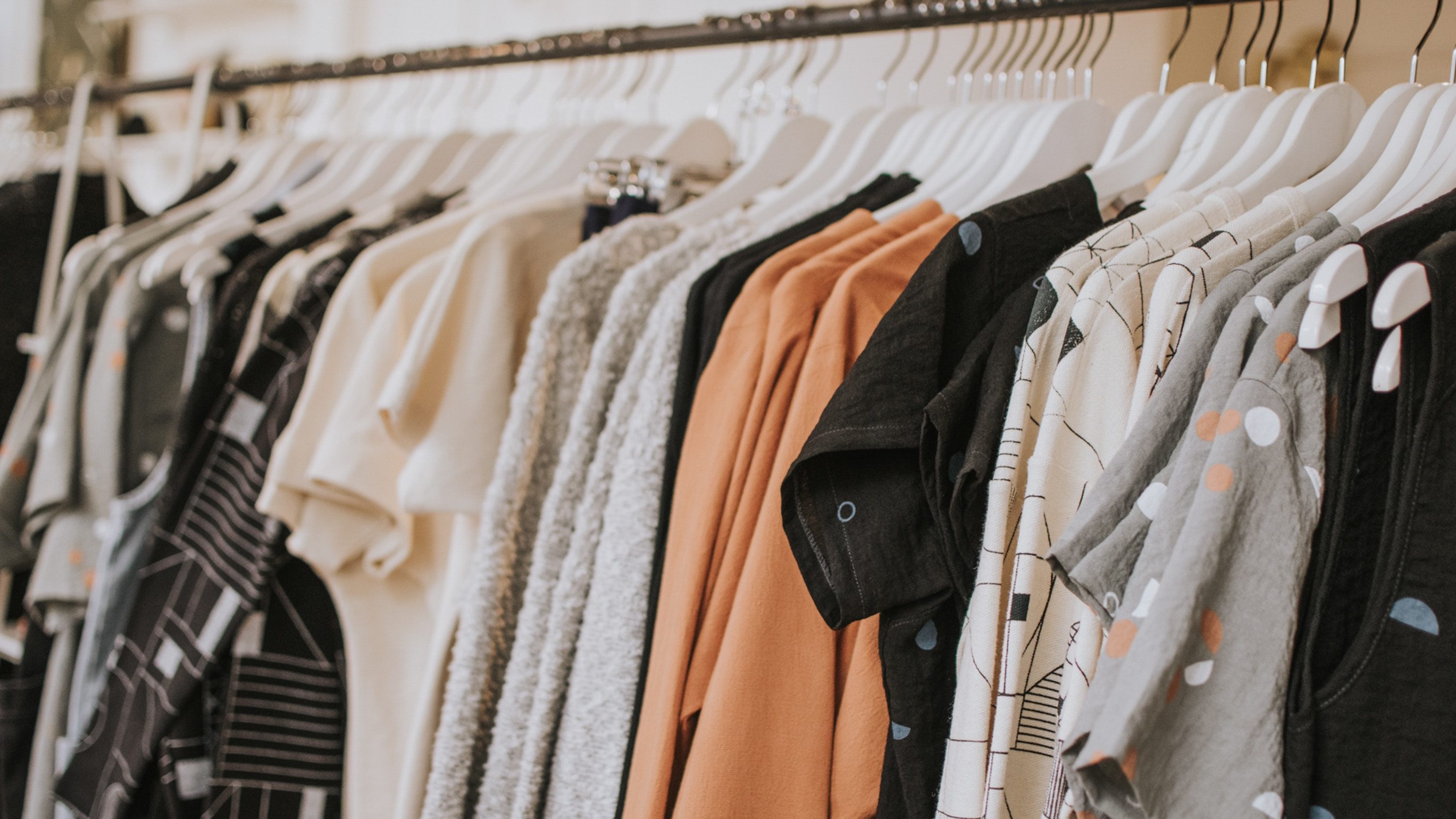The new academic year being on the horizon, you decide to upgrade your wardrobe. At the department store, you stumble upon two shirts, nearly identical in appearance, but different in price. After weighing the two items, you finally keep the cheapest and pay only a portion of its real value. Then, who pays the rest?
In many cases, the digits on your receipt are far from being the real cost of your purchase. To understand why, we need to investigate beyond the store’s walls. In order to lower product prices, manufacturers need to cut expenses in every step of the production line. They usually do so by sourcing production in countries where labour regulations are less exigent or nonexistent. An article discussing the costs of imports reports that “labour issues can range from workers fighting for a living wage and a degree of autonomy to the far other end with child labor and slave labor.” Thus, you receive an extremely cheap product at the expense of people working under horrible conditions.
Apart from ethical issues, low-cost products present environmental problems as well. In the apparel industry, synthetic fibers (mostly found in cheap clothing) are made from plastics and their production emit more greenhouse gases than natural fibers’. These issues are not limited to the fashion industry. Companies manage to make palm oil-based products affordable by replacing rainforests by palm oil plantations without reserve. As a result, thousands of animals are deprived of their habitat and are on the verge of extinction.
Yet, the environment hasn’t finished paying.
Fast-forward to two months, your shirt shockingly starts falling apart after a dozen of washes. Being a fan of The Green Dandelion’s blog, you know exactly what to do: get a sewing kit for a quick fix. So, you pull out your computer, only to find out that a sewing kit costs more than a brand new shirt. Your ripped garment is now only worth the trash, ready for a journey to the landfill.
Cheap goods are typically produced without quality in consideration. Also, consumers don’t care much about their short lives, but treat them as disposable. By saying “disposable”, we can’t help picturing landfills with tons of scraps and marine animals ingesting non-biodegradable materials. Now, what? Should you travel back in time and pick the pricey shirt over the cheap one? Unfortunately, the solution is not so simple. While a high-end product can last longer (therefore producing less waste), its price tag doesn’t tell anything about its supply chain.
But, there’s a catch. You can become a more conscious consumer by buying products with ethical supply chain certifications. These labels are featured on products ranging from notebook to this shirt you recently bought. Some of the most trusted ones are WRAP (Worldwide Responsible Accredited Production), FSC (Forest Stewardship Council), and GOTS (Global Organic Textile Standard).
Next time you find yourself in the store’s aisles, remember that cheap goods aren’t always cheap.
Written by Kelly Jean, Class of 2021
Photo Credit: Unsplash

